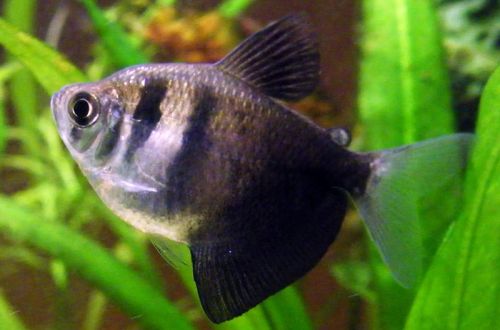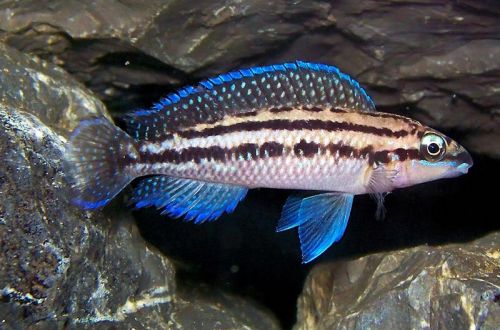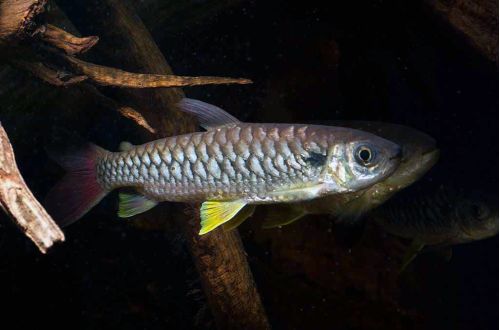
Gnathocharax
Gnathocharax Steindachner, scientific name Gnathocharax steindachneri, belongs to the family Acestrorhynchidae (Acestrorhynchus). Previously, this species was extremely rare in amateur aquariums. It was not purposefully supplied, more often it accidentally ends up in the supply of Tetra fish from South American breeders. However, since 2017 a number of aquarium fish importers from Germany have established regular supplies to Europe.

Contents
Habitat
Comes from South America. The natural habitat extends to almost the entire vast basin of the Amazon and Orinoco rivers. Inhabits small streams and rivers flowing under the canopy of the tropical forest. The water in the rivers usually has a rich brown color due to the high content of tannins formed as a result of the decomposition of plant organic matter.
Brief information:
- The volume of the aquarium – from 100 liters.
- Temperature – 23-25°C
- Value pH — 5.8–7.0
- Water hardness – soft (1–8 dH)
- Substrate type – any
- Lighting – subdued or moderate
- Brackish water – no
- Water movement is weak
- The size of the fish is about 5 cm.
- Nutrition – live or frozen foods are preferred
- Temperament – conditionally peaceful
- Content in a group of 2-3 individuals
Description
Adult individuals reach a length of only 5 cm. But despite their modest size, this is a real predator with a large head and a large mouth with many sharp teeth. True, his prey is as small as Steindachner’s Gnatocharax himself. It poses a threat only to fish up to 1 cm in length, i.e. fry.
Does not have a bright color. The body is silvery. At the base of the caudal peduncle there is a black dot with two light yellow or red dots. The upper part of the iris of the eye has a reddish color. Fins and tail are translucent. The pectoral fins are oriented towards the body in such a way that they resemble miniature wings.
Maintenance and care, arrangement of the aquarium
In nature, the fish lives in the upper layer of water, which should be considered when choosing an aquarium and design. For 1-2 fish, a tank with a volume of 100 liters or more is recommended, in which the length (from 80 cm) will significantly exceed its height. Floating plants are allowed in limited numbers so as not to interfere with free swimming. The design of the lower and middle tiers of the aquarium does not matter for Gnathocharax and is selected at the discretion of the aquarist and / or based on the needs of other fish.
Maintaining a stable hydrochemical composition of the water and regular maintenance of the aquarium is of key importance for long-term maintenance. The latter include the weekly replacement of part of the water with fresh water, the prevention and cleaning of equipment, the removal of organic waste (feed residue, excrement).
Food
Despite their belonging to predators, live or frozen invertebrates, small worms, bloodworms, flies and other insects can become the basis of the daily diet. According to Aquarium Glaser GmbH, a supplier of aquarium fish, Gnatoharaks Steindachner successfully learns to accept dry, non-sinking food (does not eat from the bottom), rich in protein.
It is worth remembering that if kept together with spawning fish, their juveniles are likely to fall prey to this miniature predator.
Behavior and Compatibility
As noted above, any fish that grows more than 1 cm in length will be completely safe from the teeth of this predator. Thus, compatibility is achieved with almost any non-aggressive species of comparable size.





